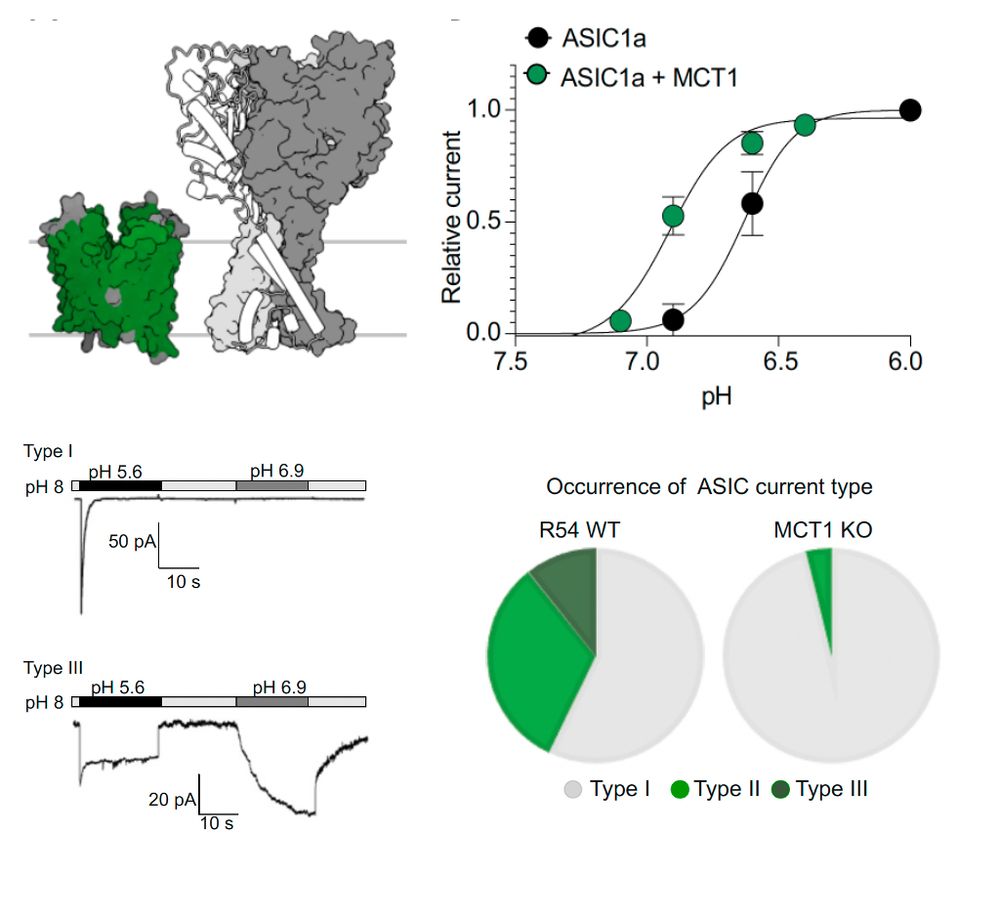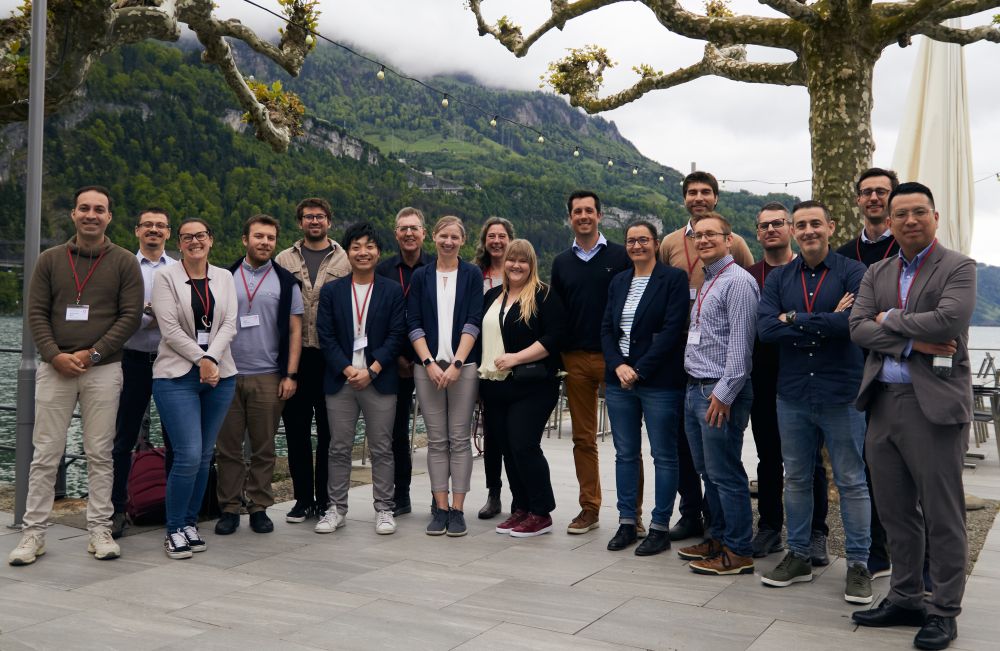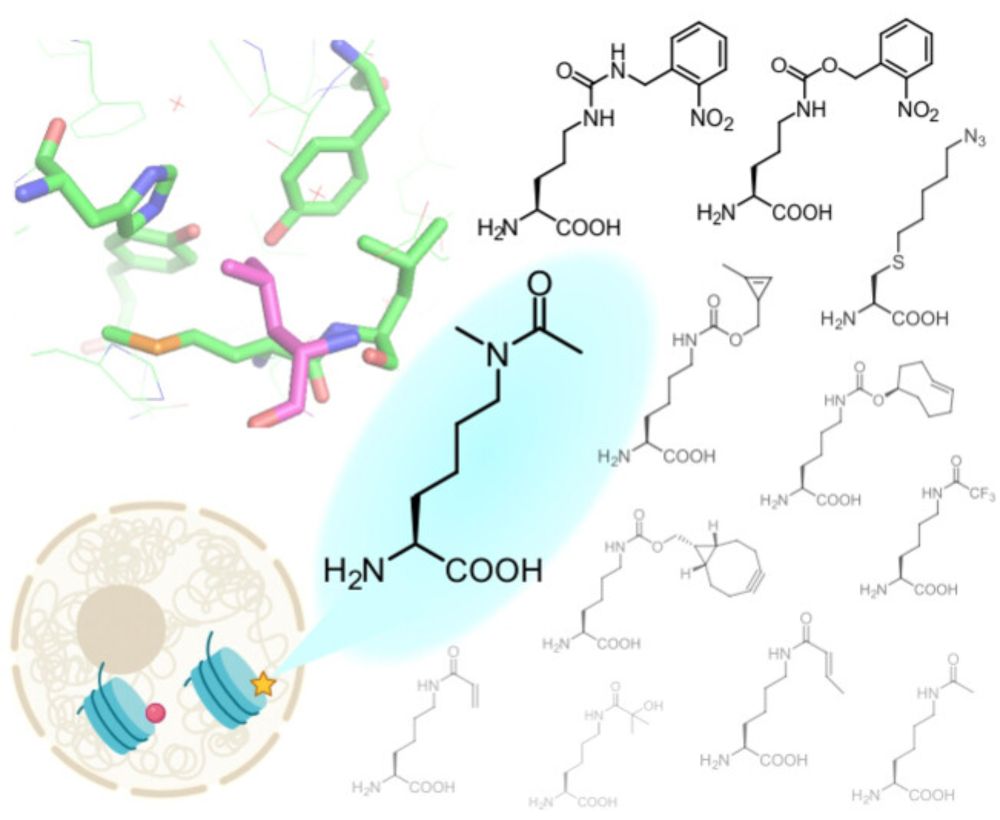Muhammad Jbara
@jbaram.bsky.social
190 followers
160 following
5 posts
Assistant Professor of Chemistry
https://www.jbaralab.sites.tau.ac.il/
Posts
Media
Videos
Starter Packs
Reposted by Muhammad Jbara
Reposted by Muhammad Jbara
Reposted by Muhammad Jbara
Reposted by Muhammad Jbara
Muhammad Jbara
@jbaram.bsky.social
· Mar 31

One-Pot Total Synthesis of a Post-translationally Modified Max Transcription Factor Sheds Light on Ser-Phosphorylation and Lys-Acetylation Crosstalk in DNA Binding
We report a one-pot total synthesis of the transcription factor Max in seven consecutive steps, starting from three peptide segments and employing native chemical ligation. The developed synthesis fac...
pubs.acs.org
Reposted by Muhammad Jbara
ChemRxiv Bot
@chemrxivbot.bsky.social
· Mar 13
Reposted by Muhammad Jbara
Martina Delbianco
@delbiancom.bsky.social
· Feb 26

A glycan foldamer that uses carbohydrate–aromatic interactions to perform catalysis - Nature Chemistry
In nature, catalysis is generally performed by proteins and ribozymes. Now it has been shown that glycans can be designed to perform catalysis. Exploiting carbohydrate–aromatic interactions, a glycan ...
www.nature.com
Muhammad Jbara
@jbaram.bsky.social
· Nov 27

Late-Stage Minimal Labeling of Peptides and Proteins for Real-Time Imaging of Cellular Trafficking
The cellular uptake routes of peptides and proteins are complex and diverse, often handicapping therapeutic success. Understanding their mechanisms of internalization requires chemical derivatization with approaches that are compatible with wash-free and real-time imaging. In this work, we developed a new late-stage labeling strategy for unprotected peptides and proteins, which retains their biological activity while enabling live-cell imaging of uptake and intracellular trafficking. Benzo-2,1,3-thiadiazoles were selectively incorporated into Cys residues of both linear and cyclic peptides via Pd-mediated arylation with good yields and high purities. The resulting labeled peptides are chemically stable under physiological conditions and display strong fluorogenic character for wash-free imaging studies. We utilized this approach to prepare native-like analogues of cell-penetrating peptides and performed time-course analysis of their internalization routes in live cells by fluorescence lifetime imaging. Furthermore, we applied our strategy to label the chemokine protein mCCL2 and monitor its internalization via receptor-mediated endocytosis in live macrophages. This study provides a straightforward strategy for late-stage fluorogenic labeling of intact peptides and small proteins and direct visualization of dynamic intracellular events.
pubs.acs.org
Muhammad Jbara
@jbaram.bsky.social
· Nov 25




